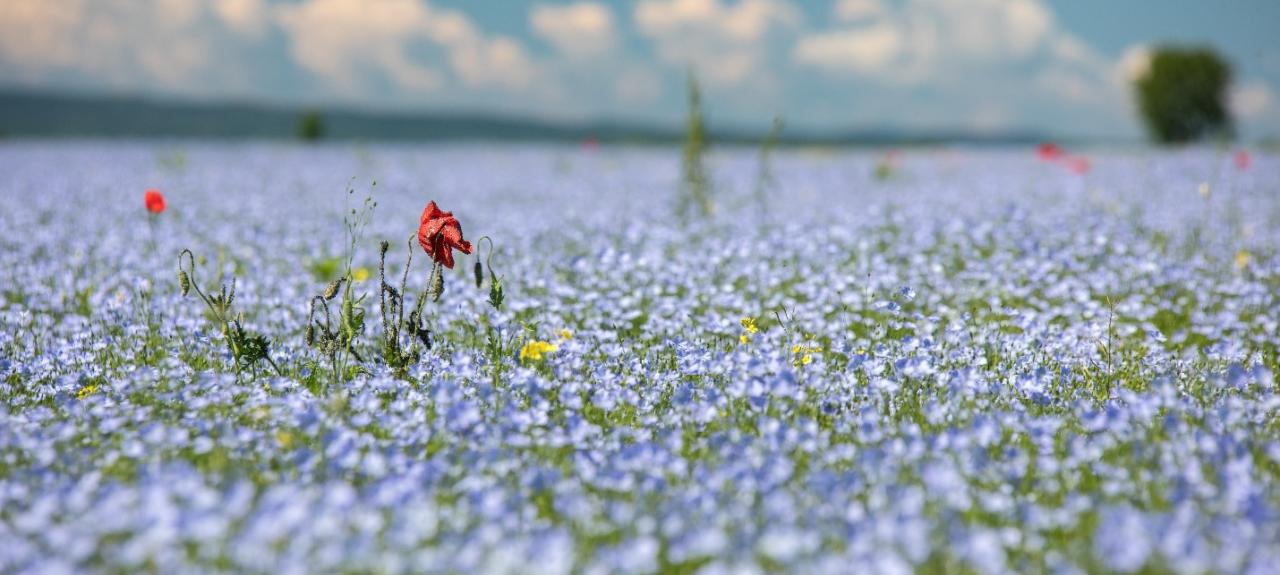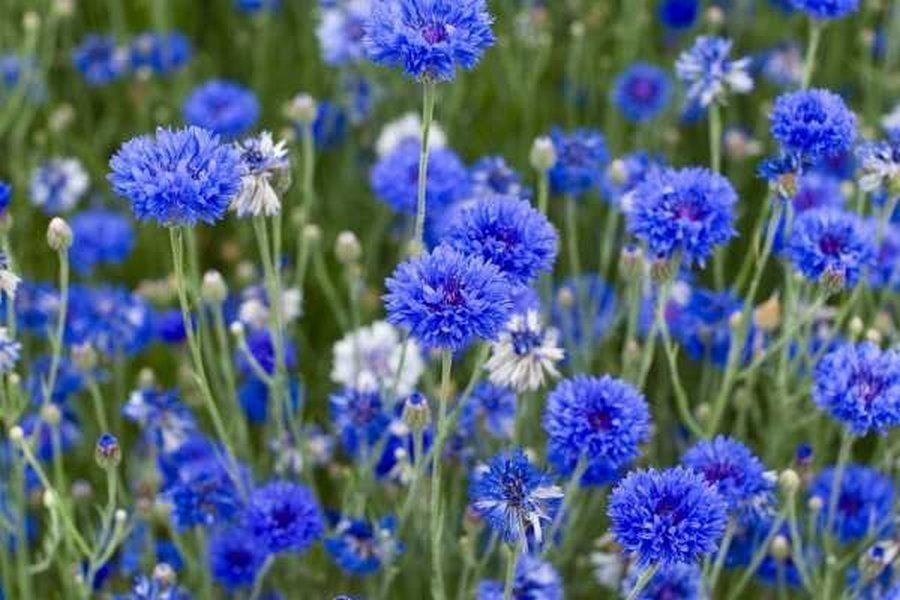Search

Field production has undergone major changes over the past decades. By clearing marginal vegetation, shrubs, bushes and forests, the arable land became larger. Mineral fertilizers and pesticides are used regularly in most arable land, and manure is very rare and irregular. The crop rotation is mainly three-field with a predominance of corn and other cereals, and often two-field (wheat-corn). Only highly productive varieties are grown. This production pattern results in the loss of diversity of genes, species, habitats and landscapes in arable land. Habitats for many insects, especially pollinators, as well as birds and small mammals, have completely disappeared from arable land. By establishing field strips on arable land, it is possible to improve this situation to some extent.
Wildflower meadows represent a new trend in agriculture, and their purpose is to provide habitat for pollinators and to supply them with pollen and nectar during spring and summer. They are formed by sowing along the edge or inside the field. Many studies show that such areas do attract pollinators, and several studies have shown that such measures increase yields.
Plant species for the establishment of the flower belt in the autumn sowing period are: facelia, white mustard, alfalfa, asparagus, incarnate, red clover, white clover and winter beans.
The composition of the mixture for sowing in the spring includes: sunflower, buckwheat, facelia, white mustard, bird's-foot trefoil; esparzeta, incarnate, red clover and white clover.
The meadows are cut twice a year. In July and after flowering, in September and October. They are ideal food for livestock. In addition, they preserve organic matter in the soil, prevent erosion, restore beneficial, and retain harmful insects. So the benefits for a production culture are manifold.



